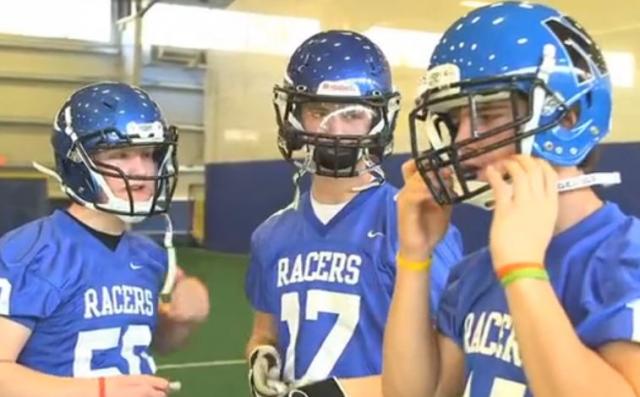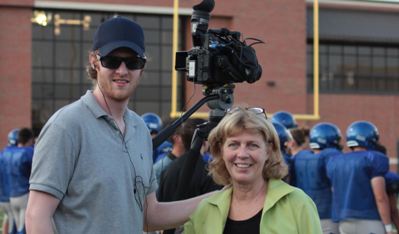Last week many of the technology manufacturers who have been working
diligently to produce products to make helmeted sports such as football
safer were dealt a severe, if not crippling, blow by the National
Operating Committee on Standards for Athletic Equipment (NOCSAE) when,
out of the blue, it decided to view
modification of helmets with third-party after-market add-ons as voiding its certification, which could only be regained if
the helmet is retested with the add-on.

As is discussed in great depth in my companion article, NOCSAE's July 16, 2013 decision, which it said was made in order to "protect the integrity" of its helmet standards, was greeted with predictable enthusiasm by helmet manufacturers (whose licensing fees fund NOCSAE and who understandably are interested in the standard), but has beem heavily criticized, not just by the companies affected, particularly those in the emerging field of helmet impact sensors, but by football safety advocates, and at least one national football organization, all of whom see the ruling as a severe setback to their collective efforts to improve concussion safety through technological innovation.
Unique perspective
As someone who has been writing about and following the concussion issue
for many years, and as the producer and director of the new high school
football concussion documentary, "The Smartest Team: Making High School Football Safer",
I have been in the unique position of having direct, first-hand
experience with with all football helmets and helmet impact sensor technology, and of having addressed
the issue of whether the addition of such sensors to a football helmet
would likely void the NOCSAE certification and manufacturer's warranty.
direct, first-hand
experience with with all football helmets and helmet impact sensor technology, and of having addressed
the issue of whether the addition of such sensors to a football helmet
would likely void the NOCSAE certification and manufacturer's warranty.
I have followed with interest developments over the last few years in the emerging field of impact sensors: small microchip-sized accelerometers and gyroscopes embedded in mouth guards, chin straps, skull caps, ear buds, skin patches and attached to the inside and outside of helmets which, in either send data to sideline personnel or flash an alert about a heavy hit.
By my count, there are now 9 companies with sensor products that have already come on the market, or are in the product development pipeline
- i1Biometrics' Hammerhead mouth guard
- MC10/Reebok's Check Light (hangs from a skull cap)
- Riddell's InSite Impact Response System (NOCSAE-certified)
- Impackt Protective's Shockbox (inside helmet)
- Brain Sentry (affixed to the back of helmet)
- gForce tracker (affixed to the outside of helmet)
- X2 Biosystems' X Patch (patch behind the ear)
- Safe Brain (quarter-sized sensor inserted in helmet)
- Battle Sports' Impact Indicator (chin strap).
Impact sensor technology, while still obviously in its infancy, holds out the promise, in my view and that of many others, of becoming the most significant advance in concussion safety, ever. For those of us who devote our lives to keeping sports active children safe, impact sensors have the potential to provide staunch opponents of collision sports such as football a chance to reconsider whether they can be made safer by solving one of the most pressing and chronic problems in concussion safety: the chronic underreporting of concussion by athletes; what a new report from the Institute of Medicine and National Research Council calls a "culture of resistance."
After following closely developments in the impact sensor area for a number of years, and believing that this cutting edge technology had the potential to revolutionize the sideline identification of concussion in contact and collision sports and combat the chronic underreporting of concussions by athletes (which a new study has just shown persists, despite increased education), we decided to beta test the Shockbox football helmet sensor (one of the sensors nearing market launch). Our plan in the summer of 2012 was to equip new Schutt football helmets worn by several of the football players on the Newcastle, Oklahoma high school team with Shockbox sensors for beta testing over the course of the 2012 season.
When liability and warranty concerns were raised, both by the school's attorney and by Schutt, we moved swiftly to address them by having a Shockbox-equipped Schutt helmet drop-tested at Schutt's testing facility. After the testing showed that the insertion of the 3 1/2 ounce sensor in a space between the interior padding of the Schutt helmet did not in any way effect its performance characteristics, Schutt was able to assure the school that the helmet modification did not void its warranty, and we were able to proceed with the beta test.



















